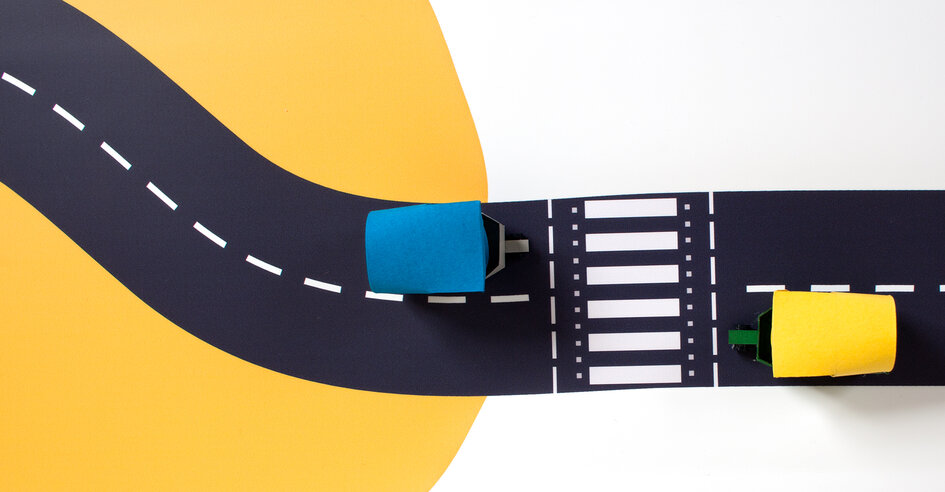
“Heroes drive in pajamas” – youth campaign wins Golden Award in Solvenia
We recently featured the campaign, “Heroes drive in pajamas”, a campaign targeting young drivers in Solvenia. The campaign focuses on encouraging young people to be picked up from nights out, even if their parents are in pajamas. The innovative campaign shared the responsibiity of young people getting home safely, focused primarily on youth who have been drinking or are under the influence of other substances.
“Heroes drive in pajamas” receives a Golden Award at SOF (Slovenian Advertising Festival)

Photo (Žiga Intihar): Receiving the golden award for the initiative “Heroes drive in pajamas”.
The glamorous awards ceremony is already 27 years old. The Slovenian Advertising Festival (SOF) has awarded a Golden Award in group “direct communication for the initiative of reducing drink driving among youth” to Heroes drive in pajamas by Zavod VOZIM and partners; insurance company Generali zavarovalnica, Toyota S.
Improved road traffic safety among youth in Slovenia
The project “Heroes drive in pajamas” was a result of integrated cooperation of all national and local co-creators from the area of road traffic safety and public health. Results reflected in improved road traffic safety among youth (aged 15 – 24) in 2017 comparing to the year 2016:
- by 28% reduction of DUI among youth,
- by 27% reduction of road traffic accidents due to alcohol, caused by young drivers.*
The year 2017 was, from the point of view of road traffic safety, one of the most successful in the last 60 years, but claim they still need to work more on this, in order to improve the level of road traffic safety even more. Please have a look at how we contributed to this.
Source Police, Ministry of the Interior (Republic of Slovenia)
Case video “Heroes drive in pajamas”
Future plans
Zavod Vozim started with the holistic initiative last year in three Slovenian regions. The structured dialogue between the youth and the ones responsible for road traffic safety and in the local area, Slovenian Traffic Safety Agency (AVP) and National Institute of Public Health (NIJZ), led to the implementation of concrete proposals for improving the road traffic safety among youth.
The emphasis was also on activating the parents with driving in pajamas for the wider safety of their children.
In the year 2018, heroes are moving forward to next regions, for our purpose is to visit the whole Slovenia! Take a look at where they are going this year:

Regions in 2017: Savinja, Gorizia, Lower Sava
Regions in 2018: Carinthia, Mura, Upper Carniola, Littoral-Inner Carniola
We can all be heroes and contribute to improving road traffic safety among youth! How? With a heroic example in the middle of the night pick up our children and their friends and with that take care of their safety (and the safety of others).


 Underscoring the gravity of the issue, Amina Mohammed, United Nations Deputy Secretary-General, said that, as the number one cause of deaths among young people, road traffic deaths and injuries had become a global cause of concern. She called for measures to counter the rise in road traffic fatalities, including the recently established United Nations Road Safety Trust Fund, which was an opportunity to ensure synergy and coordination action on the ground and ultimately save lives.
Underscoring the gravity of the issue, Amina Mohammed, United Nations Deputy Secretary-General, said that, as the number one cause of deaths among young people, road traffic deaths and injuries had become a global cause of concern. She called for measures to counter the rise in road traffic fatalities, including the recently established United Nations Road Safety Trust Fund, which was an opportunity to ensure synergy and coordination action on the ground and ultimately save lives.
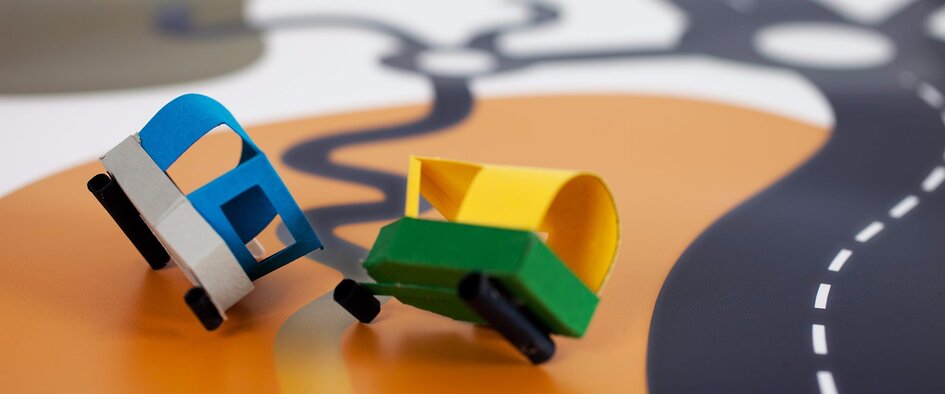




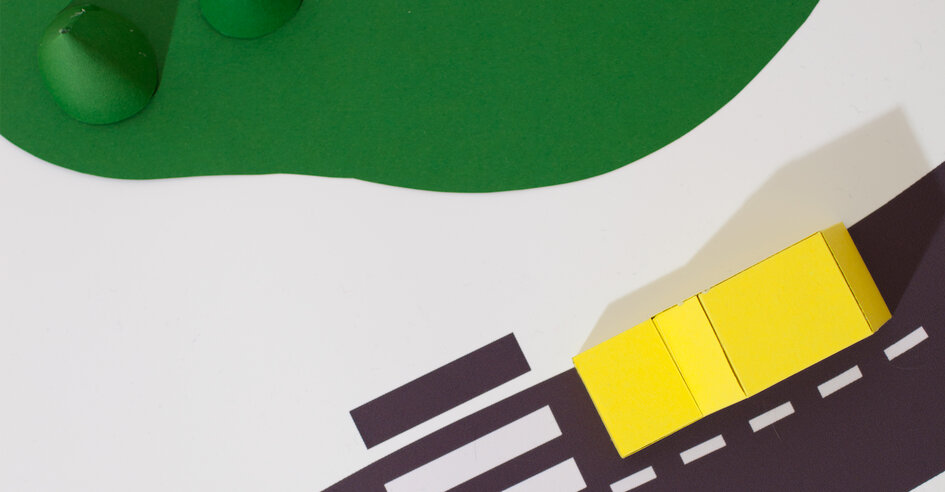

 About the UNRSC
About the UNRSC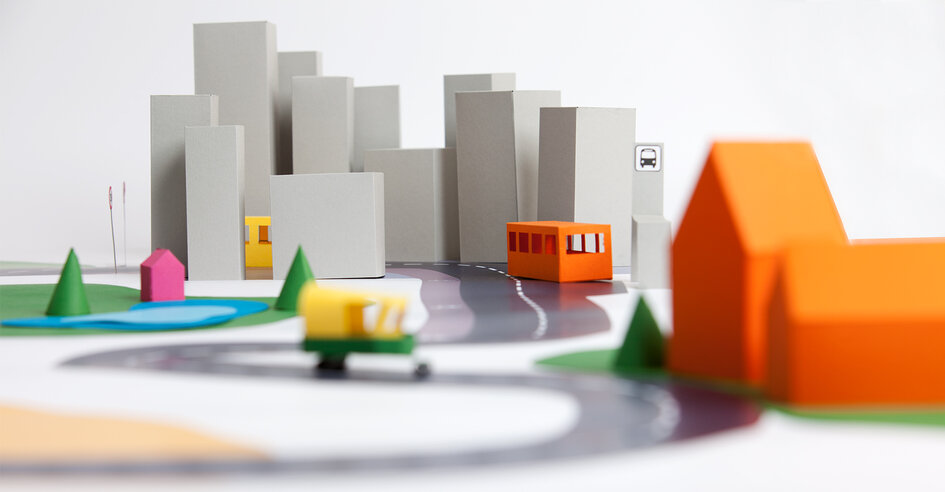




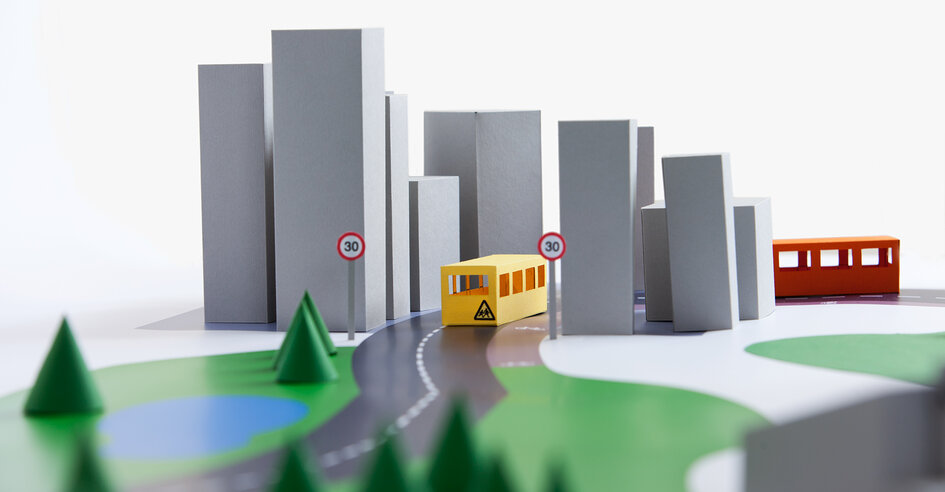

 Surreal Poster Series
Surreal Poster Series Infographic on Youth
Infographic on Youth